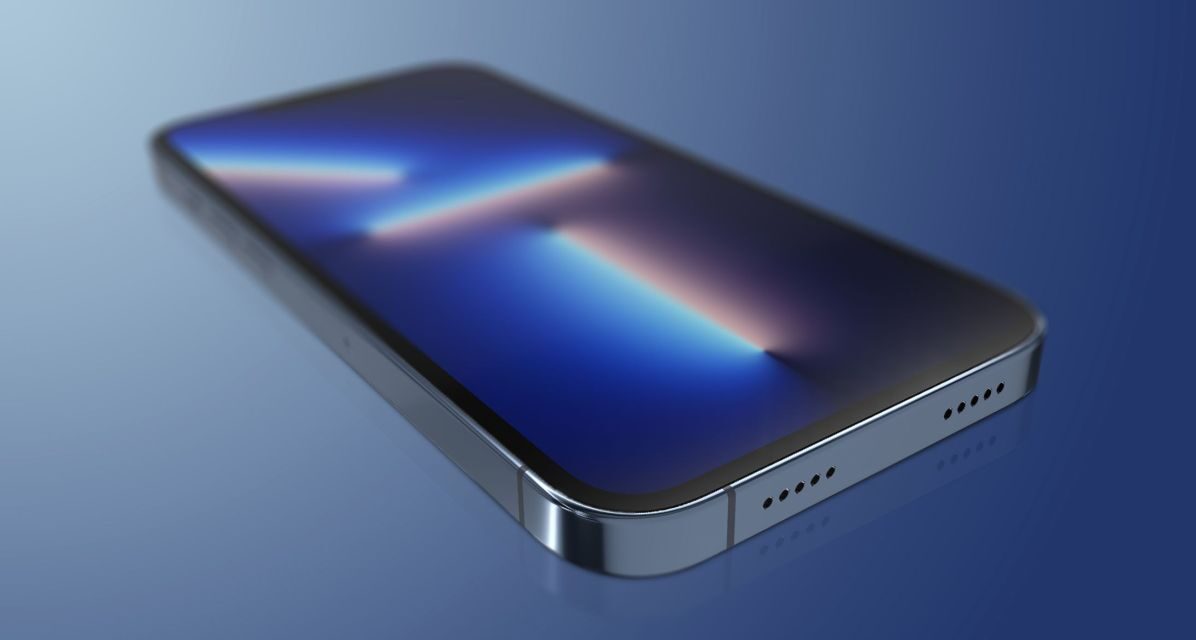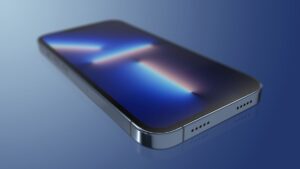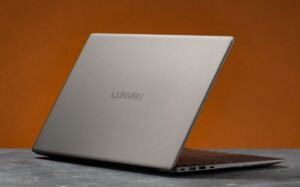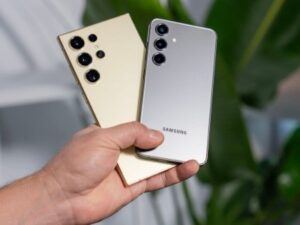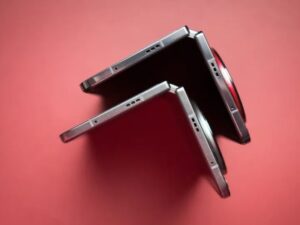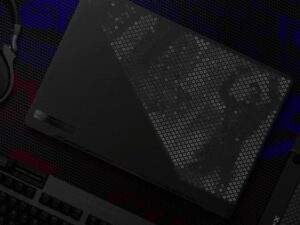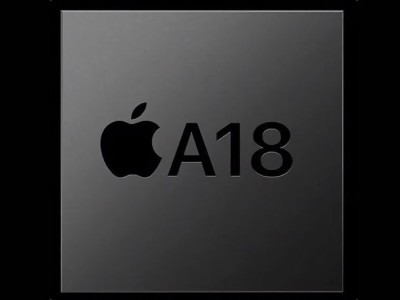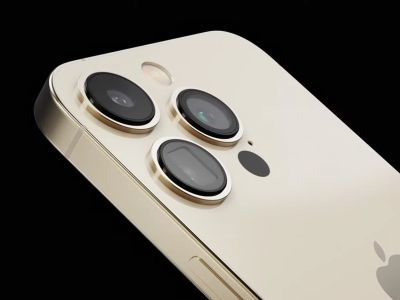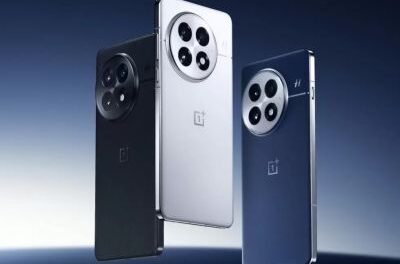The company intended to remove the USB-C port from the upcoming iPhone 17 Air. This was announced by reliable insider Mark Gurman in a Bloomberg newsletter. As a result, the decision was canceled, but not necessarily for good. Later, the brand will return to the concept of a smartphone without ports if the Air becomes successful, analysts are sure. Let’s analyze why Apple is considering such a radical step.
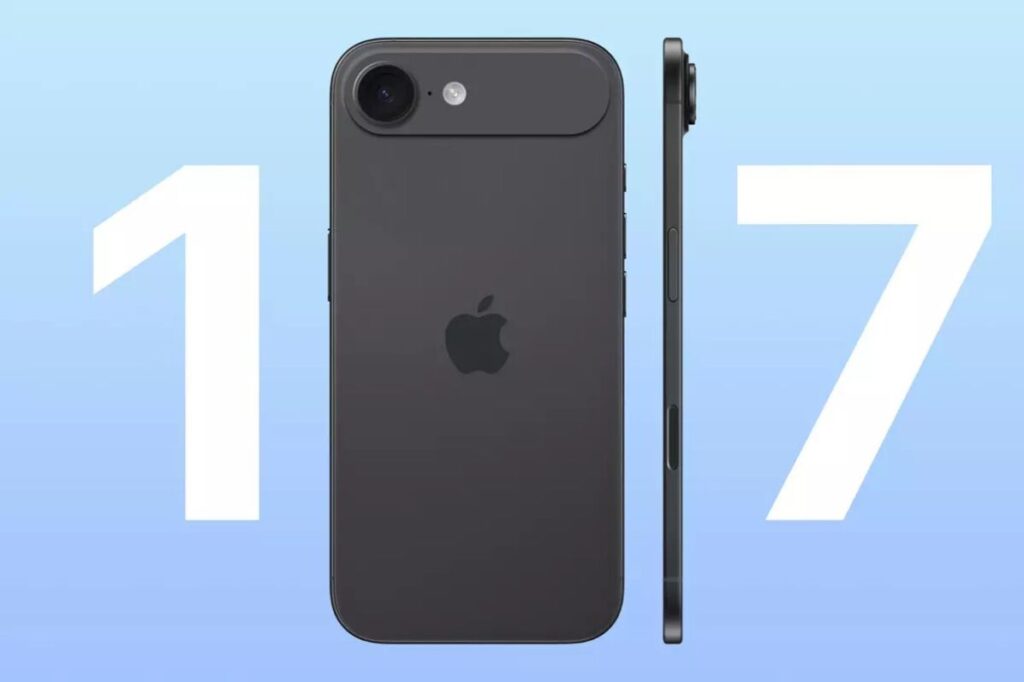
Not this year, but soon?
Rumors about a completely seamless iPhone have been surfacing for years. The prerequisites are hard to deny: the abandonment of the 3.5mm audio jack in the iPhone 7, the development of MagSafe magnetic wireless charging. In Cupertino, patents were even registered with such phones. In addition, historically, the brand has sought to make devices compact and get rid of “extra” components. Often, the public met these changes negatively, and competitors released mocking advertising, as was the case with the minijack. However, after a while, the trend still gained a foothold in the market.
The ultra-thin gadget without ports really sounds like Apple. Still, the iPhone 17 Air, which is expected to be released in the fall of 2025, will not become one. All because of regulatory restrictions in the EU. The corporation was afraid that it would face problems in the European market if it ignored the law on the unification of the charging port. The act prescribes that portable equipment and smartphones in particular must be equipped with a single USB-C connector in order to be sold in the region. Making an exception for the European Union is very costly. It is easier for the Californian IT giant to sell the same models around the world.
Of course, managers also took into account the likely critical reaction of consumers. Although the iPhone 17 Air is already a kind of experiment, so far, they have decided to take a safer path and test the waters. If the demand for a thin flagship is high, they will try to develop this direction. Eliminating USB-C is another way to free up space and reduce the thickness of the machine.
Will users benefit from this?
It is fair to say that after a certain threshold (say, 7-8 mm), people no longer attach much importance to the thickness of devices. Moreover, many people prefer a thicker smartphone, but with a capacious battery, according to our survey. And only 6% agree to compromise for the sake of a miniature body.
In addition to reducing the thickness, an obvious plus is maximum insulation for enhanced moisture protection. However, is this necessary, given that even with USB-C, the IP69 standard allows you to withstand immersion of 3 meters and hot jets under pressure? In terms of charging speed, the loss, if any, is insignificant. The iPhone 16 series support 25W energy replenishment via MagSafe. For comparison, Pro models accept up to 45 W via wire. In theory, both options replenish about 50% in 30 minutes, but in real life, the result varies due to conditions (heating, MagSafe position, and so on).
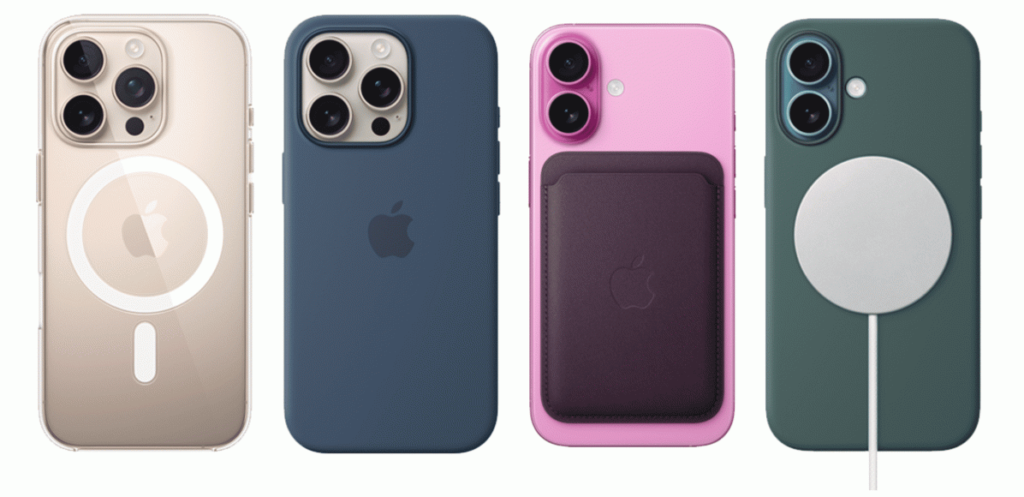
The real problem is the need to buy an additional accessory instead of using a USB-C adapter, which is in every home and is more convenient for most. Not to mention the need for a dedicated MagSafe compatible case. Diagnostics of firmware and hardware problems in service centers are also done through the port, and there are no alternatives yet. To sum up, even if Apple has its own reasons for releasing a gadget without connectors, the decision does not yet look worth its bonuses.
The insider added that the cooling system of the iPhone 17 Pro Max will be based on a vapor chamber and graphite substrates, and the rest of the models in the line will be equipped only with graphite elements. Kuo also said that the main advantage of the 17 Pro Max model may be the capabilities of artificial intelligence, and at the moment the Pro Max series accounts for almost 40% of the company’s smartphone shipments, which makes it the largest source of profit among all Apple devices.

